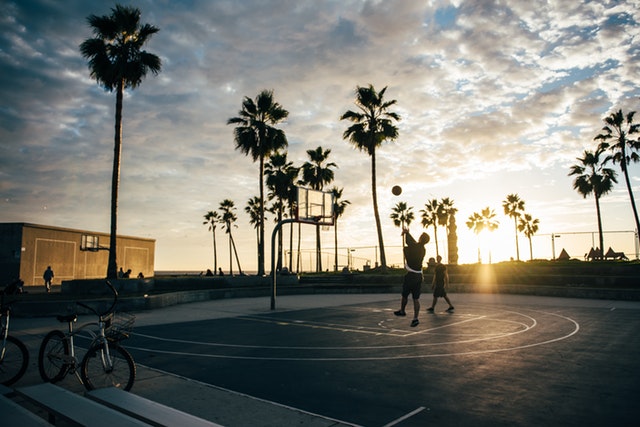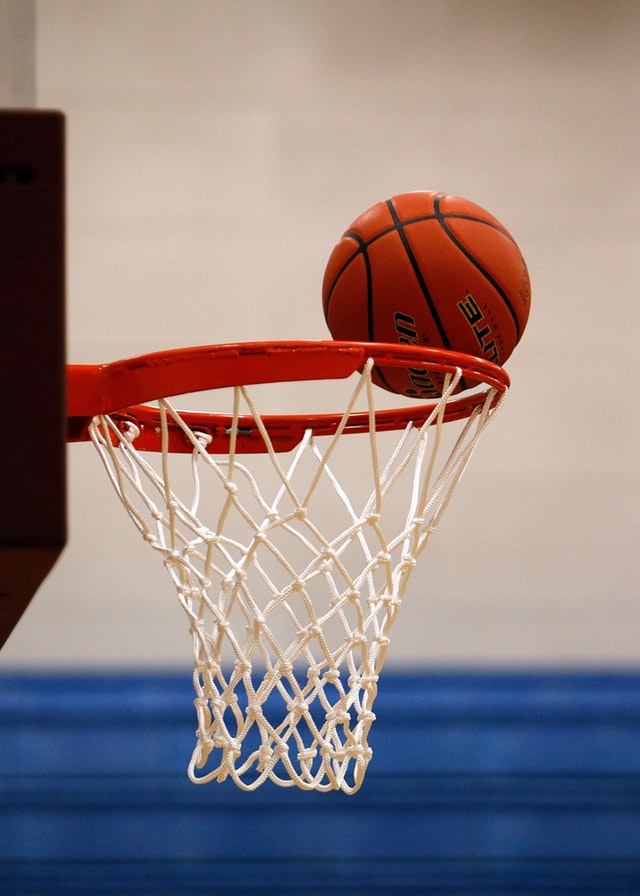New Study May Finally Increase NBA Shooting Accuracy

You would not know it from the proliferation of triple-doubles and other out-of-this-world performances, but the NBA’s shooters are not getting any better and have not for decades. The league’s average score percentage has oscillated between 44 and 46 per cent the previous 2 decades, together with three-point shooting maintaining a similarly tight array (34 to 37 percent).
But, there’s technology which wishes to change this.
Traditionally, shooting a basketball had two results — a score or a miss. But through analyzing the particular angles and trajectories of these scores and misses, shooters may come closer to the ideal shot, putting more balls in what some are calling “an assured score zone.”
Bioinformatics doctoral student and data scientist Rachel Marty at the University of California, San Diego, who is currently conducting research in the Ludwig Center for Cancer Research in Lausanne, Switzerland, and Simon Lucey, an associate research scientist in the Robotics Institute at Carnegie Mellon University, analyzed real-time clinic information on 1.1 million three-point shots from over 160 players in the expert (NBA and WNBA), collegiate and higher school level, permitting them to test not just where the shooter arises, but in addition its entrance angle, shot thickness and left-right place of the ball.
Their paper was introduced in this year’s MIT Sloan Sports Analytics Conference and concentrated on information accumulated by Noah Basketball by means of a detector mounted 13 ft above the rim.
Among the research paper’s most fascinating conclusions was that an ideal Three-point shot is not necessarily a swish. A common misconception is that swishes are the only shots which are guaranteed to score, however if the ball hits the back of the rim the assured score zone also extends down which changes the zone farther back into the hoop than many men and women think the research found.
 Consistently hitting this ” assured score zone ” — notably at The NBA degree — plays a huge part in a players achievement, which explains exactly why having instant feedback in training might help shooters create a trusted shot.
Consistently hitting this ” assured score zone ” — notably at The NBA degree — plays a huge part in a players achievement, which explains exactly why having instant feedback in training might help shooters create a trusted shot.
Being a superb shooter isn’t just about the amount of shots you’re able to create on any particular day — it is more about your general consistency and it is difficult to judge a player by one example of shooting, but after you break it down to those variables it’s far less difficult to encapsulate the caliber of a shooter indicated Marty.
Look no farther than Steph Curry who wears the no.30 basketball home and away jerseys for the Golden State Warriors, the two-time reigning MVP that became among the league’s best shooters by focusing on his mechanics and his ball move from other angles and various slots. The results are staggering. As a newcomer, Curry’s accurate shooting percentage was 56.8 percent, but he led the league at accurate shooting percentage last year (66.9 percent) and is one of the league leaders this year (61.8 percent), always converting shots all around the timber; league average is 55.2 percent.
Brandon Payne, the proprietor of Accelerate Basketball and Steph Curry’s Personal trainer since 2011, utilizes Noah Basketball’s detector at both his coaching centers. The Golden State Warriors and Los Angeles Clippers (who normally wear red, royal blue and white basketball singlets) are one of NBA teams having the system setup in their clinic facilities too.
“If there is one thing you have to be able to do in the NBA today it’s shoot the basketball,” Payne explained. He believes as the game has gotten more towards pace-and-space flow of playing there’s a premium on shooting the basketball and having the ability to make shots from versatile areas.
The machine may also help shooters locate the limitations of their skills, even if it has to do with exhaustion, by sensing changes in the way in which the shot monitors to the hoop.
It is often used to ascertain how many shots that a player can shoot and keep superior mechanics. The aim is to find the state where a player feels balanced and powerful so that they can take more shots with perfect mechanics.
However, Curry is currently a pro and has been a talented shooter long before this new technology came along. The improvement it could provide him is comparatively small in comparison to what it could do to get an amateur participant conceptualizing and piecing together their shooting movement when first beginning with the match.
“In the NBA it is hard enough to make a shot, period. Whether [Curry] swishes it 11 inches or 12 inches as long as the ball goes in the basket I’m happy,” Payne explained. Payne is using those numbers more for teaching purposes with childhood basketball as gamers are coming up. Those children, middle school and greater, have this information available for their whole playing career, so it’s simpler for them to wrap their minds around this material.
Maybe exposing a younger generation of basketball players to improved data collection is that the catalyst required to boost shooting at the NBA level. If younger gamers can develop and keep great mechanics before — Focusing on more information of a shot effort than just in-or-out — their shooting ability amounts to incremental improvements in performance. Distributing that understanding wide enough at an earlier age level, including to kids likely to go on to play at a collegiate or NBA profession will likely lead to shooting figures finally going up within the NBA.
